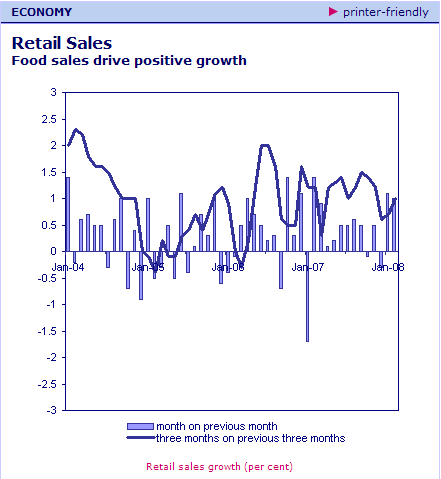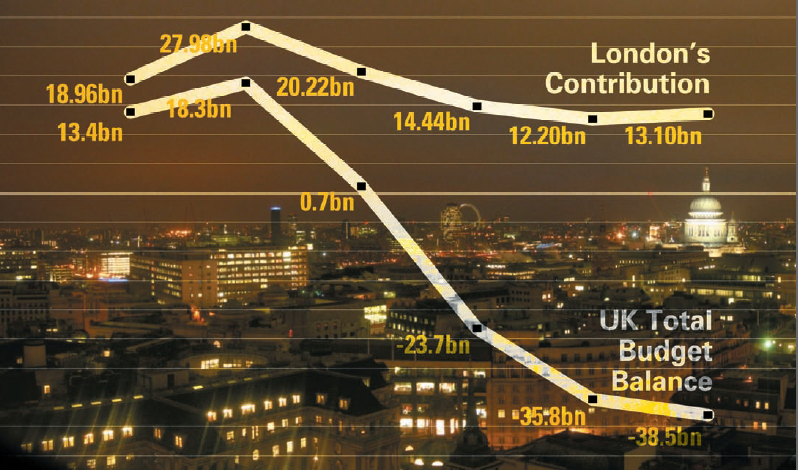This analysis was undertaken to advise future marketing efforts for Ladies’ All Magazine, UK.
Political
The first portion of any PEST report is political. IN this case, the stable government situation in the UK is a given. However, the obvious recession in the USA and the continuously rising price of oil are shrinking the disposable income of all UK households.
Economic
The prediction in the KeyNote reports for 2005 have been borne out :
The market in the UK for magazines for women is still in fluctuation following a highly dynamic period from 2003-2005; there have been many major launches and much corporate activity during 2004 and 2005, and not a few failures, which has impacted the entire market. There was a 10% increase in women’s consumption in consumer expenditure during 2004. (KeyNote reports 2005) Original consumer research into magazine readership and attitudes — which was commissioned by Key Note and undertaken in August 2005 — revealed that a third of all adults are loyal magazine readers, buying the same magazine every week or month. (KeyNote reports 2005)
Despite the recent growth in the magazine market, respondents are rather more likely to say that they now read magazines less than they did 5 years ago (at 19%) than they are to say that they read them more (at 13%).
Research showed that consumers in the 45 to 54 age group are the most resistant to magazines; this opportunity should be addressed. The changes during 2004-2005 in the market are unlikely to be sustained, but a steady increase in sales is still expected in both the men’s and women’s sectors over the next 5 years (2005 to 2009).
As of March 20, 2008, Statistics UK showed that:

Sales by predominantly food stores rose by 7.6 percent over the year, the largest rise for this sector since January 2002 (7.8 percent). (National Sales Online, 2008).
This graph shows a definite increase in food sales, which can be leveraged for sales of women’s magazines in London, especially a weekly which could carry supermarket flyer inserts.
Non-food sales showed a loss, so this should be considered when selling advertising space. This sector needs a push.
Statistics UK shows that unemployment fell by.4% over the past year, while the gross domestic product rose.6%, so while activity is slow, it is not recessive. While the obvious recession in the USA must be taken into account over the next few months since any problems in The US will eventually have echoes across the pond. The CPI shows that the UK inflation rate at 2.5 percent was below the European Union as a whole of 3.4 percent. (National Statistics Online 2008)
Predictions for the London Economy

As shown on the right, the contributions to the UK economy from London are substantial. This indicates that any enterprise in the city of London is operating with a higher economic environment than the rest of the UK. This would include magazines. An urban population would also be more influenced to purchase magazines for a variety of reasons: something easy to carry while commuting via public transport, handy amusement which does not require equipment, and a way to keep up with trends.
Due to the higher unemployment rate in London, less expensive entertainment will become more popular. Magazines fall within this category. They are also seen as more lasting than movies since they provide several hours of reading matter plus ideas and solid information on homemaking and other subjects women want to read about. “The 2007 report demonstrates that London’s economy has grown strongly, despite weaker growth nationally, driven in large part by the strength of the financial services sector. It is estimated that London will continue to outperform the UK average growth rate next year.” (CityMayors Economics online, 2008)
Sociological Factors
The city of London is 18% ethnic minorities and 82% white, so marketing must take into consideration that there are small minority weekly publications in the maternal language of the target groups. Therefore, while minorities definitely should be visible within the pages of the magazine, they need not be dominant. However, a sprinkling of ethnic cuisine articles and recipes could easily capture a small piece of that market while presenting interesting fare for the majority readership.
The target group is households with two employed persons. The best strategy would be to address the needs of these and also the 45-54 age groups with grown children. Therefore, the content of the magazine should be so adjusted: shorter articles, meal suggestions for quick preparation and budget meals, quick and easy home décor, realistic investment ideas, and ways to save. These two target groups are interested in these things. In addition, the environment and carbon balance are hot topics. Changing the magazine’s paper content to a larger percentage of recycled paper would be a plus factor among this group.
Technological Factors
The Internet presents both an opportunity and a threat. The threat is from online competition. Many households in the target group are connected. To counter online competition, the magazine should have an online component. Ads in the magazine should have web addresses, especially if the sponsor is offering a special. Online discussion forums will attract the younger portion of the target groups. Extensions of the print articles with more in-depth information will also attract a readership, especially in the areas of diet, nutrition, and money.
Another area of technology that should not be ignored is instant messaging and cell phones. Advertisers should be encouraged to promote small contests using these technologies. Supermarkets and other retailers should be encouraged to use these technologies to use instant messaging to advertise specials through the magazine.
Conclusions
Despite the grim economic predictions of banks and investment companies (View London 2008), many companies still predict rising sales. e Londoner’s Guide to London. This optimistic climate is bolstered by the position of London as a major contributor to the UK economy. This signals a definite opportunity for a weekly magazine to promote the local businesses and reap advertising revenue in the process. The Sad State of the US economy is a factor to consider, and financial advice columns within the magazine should reflect this.
Spending on food has risen while spending on non-food items has fallen. Therefore, using food as a central theme for content will attract readership, while the need for advertising to this group of consumers is something to boost advertising among the producers of these products as long as the magazine can point to its circulation as desirable. To overcome the threat from the Internet companies, the magazine should create and maintain a complementary website to expand its readership and create opportunities for data mining using small contests.
The magazine should “go green” to attract environmentally concerned readers and to reap some carbon points. Statistics UK is an excellent source for demographic information and the Oxford Economic forecast provides a great deal of useful information. In addition to this, the combination of the magazine and the website should be leveraged to keep abreast of the needs and wants of the readership. The magazine can stay competitive by playing the content to its two primary targets: women who work from 17 to 45 and working or not working 45-54. In addition, more revenue may be gathered from producers of non-food items for which sales are down.
References
CityMayors Economics online, 2008, Web.
National Sales Online, 2008, Web.
London’s Place in the UK Economy, 2006-07, 2008, Oxford Economic Forecasting, Web.
Office for National Statistics Online, 2008, Web.
View London, 2008, Web.